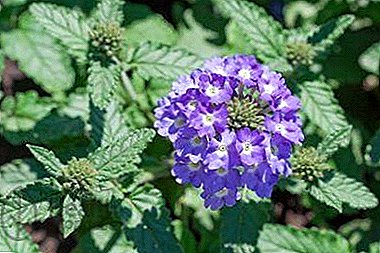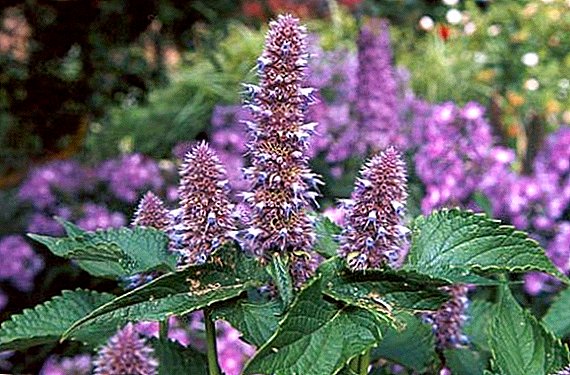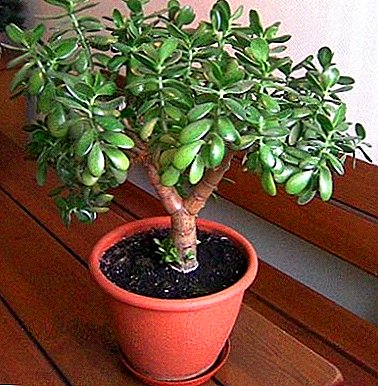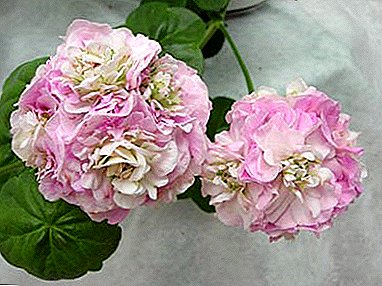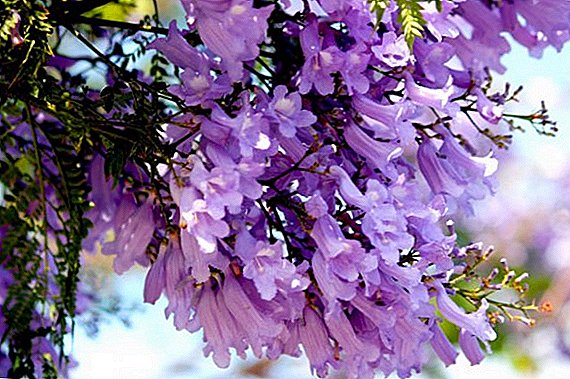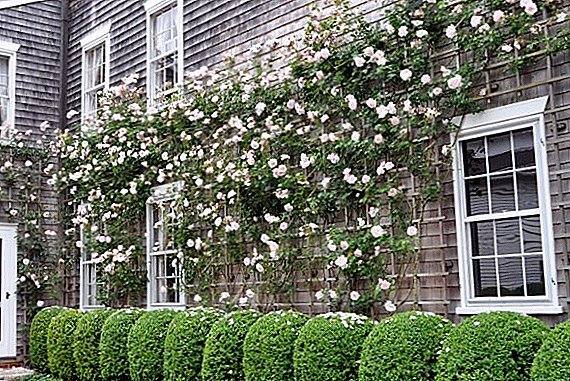
Gerbera is a very beautiful flowering perennial plant. It belongs to the aster family. Homeland is South Africa, some species grow only in Asia. Its flowers are very similar to chamomile, which is why it is also called Transylvanian or African chamomile. The color of the flowers is varied, only blue is missing.
In nature, there are approximately 90 species. In the home grown special dwarf varieties. She is easy to maintain and is the favorite of gardeners who do not want to part with the summer, even in the cold winter months. This flower will be a worthy decoration of the house.
How to plant at home?
Gerbera - light-requiringnot loving direct sunlight. For irrigation, use water that has settled for at least 24 hours. Water gently so that water does not fall on the green part. Can be watered in a pan. Every 14-17 days, apply fertilizer to the soil. The organics do not suit Transylvanian chamomile, therefore complex fertilizers must be purchased at a flower shop and applied to the soil strictly according to the instructions.
Suitable soil (ground)
Ready land for planting is purchased at a flower shop.

- With self-preparation of the soil in a ratio of 2: 1: 1: 1 is taken:
- leaf earth
- peat,
- sand,
- perlite.
To prevent water from stagnating in the ground add crushed pine bark. The bottom of the pot is carpeted with a layer of expanded clay or broken red brick.
Need to follow to when landing African chamomile in the pot, above the ground, about 2 cm, remained horse knuckle. Be sure to water the flower, it will help fill all the voids between the roots.
Only planted plant placed in a darkened room. This will help to quickly avoid illness after landing. Feed the first Transylvanian chamomile after planting should be no earlier than in 25-30 days. Fertilizers are also introduced in the period of enhanced growth, during the budding and flowering period. In the winter months is not fed up.
Pot (material, diameter)
For planting Transylvanian chamomile, it is desirable to use clay pots - This is a natural material that will allow the root system to "breathe." If it is not possible to land in an earthen vessel, then you can use plastic containers. Transparent or translucent landing capacity is better not to use. Since the roots do not participate in the photosynthesis of a plant, the light will simply hinder them from developing.
African daisy loves pretty deep pots with flared top, the optimal amount of which - 12 l. The height will be about 30 cm, and the diameter of the upper part - 25 cm.
In a pot drainage must be done holes to prevent water stagnation. With excessive moisture of the soil can cause rotting of the root system, which is fraught with the death of the plant. The pot is installed in the pan.
For landing the suitable period from May to July. Planted during this period, the seeds or cuttings will germinate and quickly take root.
How to transplant?
In order for a flower to develop properly and grow well it is necessary to adhere to certain rules.
After the purchase
Immediately after the acquisition of the plant can not be transplanted. To provide the flower with the so-called quarantine, it must get used to a new home. Transylvanian daisy must be put on a permanent place of growth. It should be well lit, but without direct sunlight. Also complied temperature regime - 21-24 degrees. At the time of quarantine watering should be minimal.
Upon expiration 10-14 days can be transplanted in new capacity. A flower with an old ground, which is located around the root system, is carefully planted in a new ground.
After transplanting, watering should be done once in 10-14 days.
At what time of year is it better to replant the flower?
A young plant is transplanted every year, an adult - 1 time in 2-3 years. Subsequent landing tanks should be 2 cm wider than the previous diameter.
Replace desirable during the rest period. The most favorable months for this are March or April. During the flowering period, this procedure is not worth it. Disturbing African daisies during this period can disrupt the biological rhythm.
Features care in a new place
In order for African chamomile to get acclimatized more quickly, it provides favorable conditions for detention. These conditions include:
- temperature regime - 21-24 degrees,
- light mode - about 10-12 hours,
- regular and moderate watering - 1 time in 10-14 days,
- top dressing - no earlier than 25 days.
Gerbera is quite unpretentious in the care. It is very important to follow the simple rules of care after the purchase and transplant plants. And having provided proper care, she will thank the owners with a long and bright bloom.
A photo





- Types of Gerberas
- Flowering gerberas
- Garden Gerbera
- Diseases, pests Gerberas and their treatment
- Gerbera breeding



